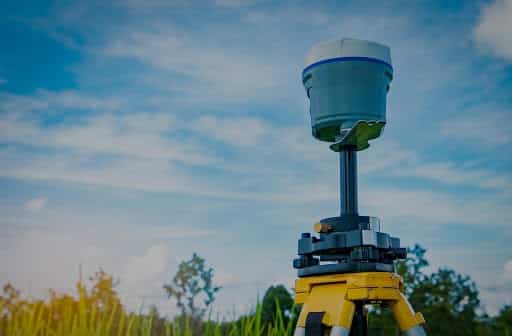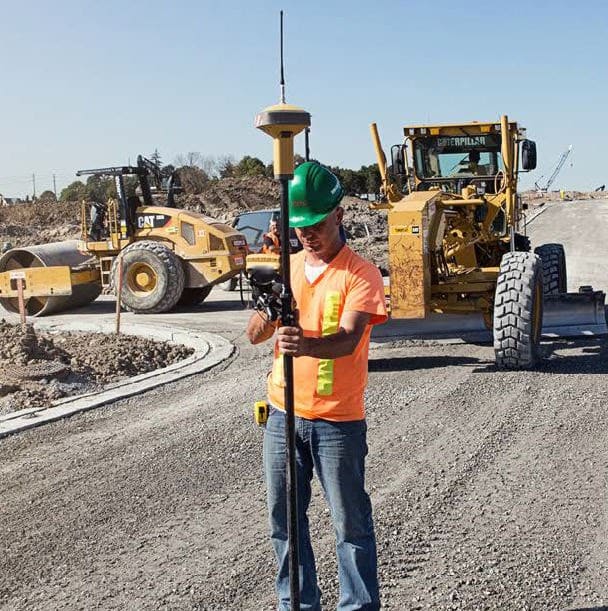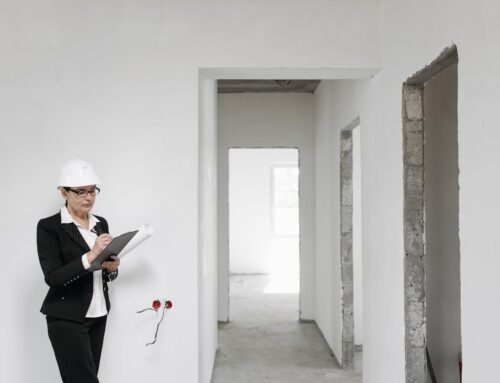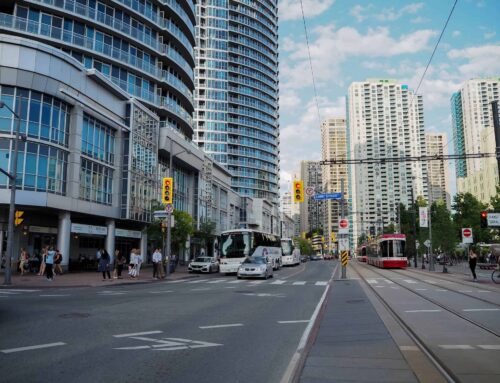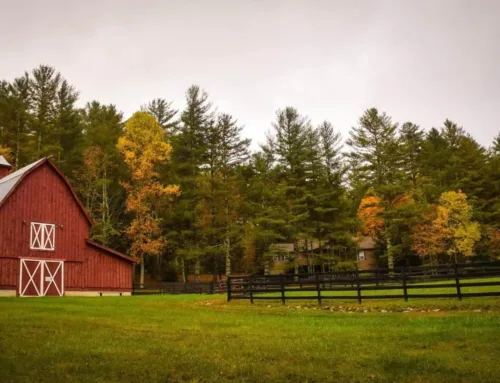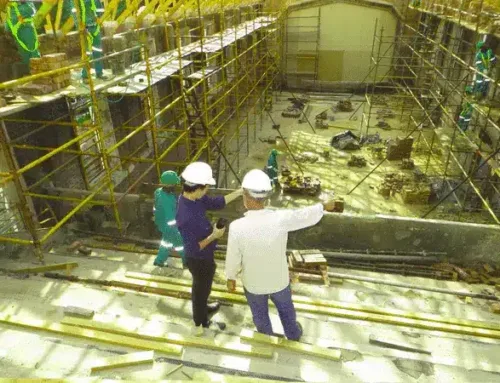A Primer on the ALTA/NSPS Land Title Survey, Table A
Discovering critical information that isn’t revealed in a title report is the goal of an ALTA/NSPS Survey. An ALTA/NSPS Land Title Survey provides a base report that has copious detail relating to site boundaries, encroachments, easements, utilities and other salient details with regard to land parcels. Apart from the standard survey requested by borrowers, Table A is a list of requests that are optional. Many lenders don’t understand exactly which items should be asked for in a commercial real estate transaction. They also don’t grasp why those optional items ought to be requested.
With the 2016 changes enacted for the new ALTA survey, some items, such as the evidence of utilities, have been moved to the base report, but there are still multiple optional items that can be included in the supplementary Table A.
Before we get to those, there are a few tips before we get started:
Related: Alta Survey Solutions
Tips on Important Items from Table A
- Do you need to select Table A, item 11 if you want utilities shown on a survey?
The answer is “yes” if construction is going to take place and you need to show underground utilities. Locating above ground utilities was moved to the base standards and now all ALTA/NSPS Land Title Surveys show them. However, underground utilities are only marked and shown if one selects Table A, item 11.
- If Table A, item 18 is asked for, are all Wetlands shown on the survey?
The answer is that all Wetlands will only be shown if a certified wetlands specialist has conducted a field delineation. If a field delineation hasn’t been performed but Table A, item 18 is requested anyway, the survey has to have a note placed within it, which states that.
- If you need to depict Appurtenant Easements, should you select Table A, item 19?
The answer is that this isn’t usually necessary since, according to the latest version of the ALTA/NSPS Minimum Standard Detail Requirements, all easements that benefit a property must be depicted. Table A, item 19 on the other hand requires those easements to be surveyed on the ground. (Additionally, surveying them on the ground is usually more expensive.)
- Are encroachments determined by the surveyor?
The answer is that legal opinions concerning ownership or otherwise allowed encroachments can’t be expressed by the surveyor. The Surveyor can make statements concerning potential encroachments such as improvements that are located across borders.
- Should Building Setback lines always be depicted on the survey?
The answer is that Table A, item 6(b) states that if provided in a zoning report, the surveyor must graphically depict the setback lines. However, this can only happen if it doesn’t require an interpretation by the surveyor. Examples of interpretations may be:
-
- Setbacks have multiple “overlay” districts with opposing setback requirements
- Which property line is deemed by the jurisdiction as front, side, and rear
jaseng.com/engineering-services/gps-services/
Related: Are all surveyors qualified to perform an ALTA survey
Have questions about the Alta Survey Table A that we didn’t answer here? One of our Millman National Land Services experts will be glad to help.
Important Table A items
There are 21 discretionary items, and we’ll go over just a few of them below.
Item 1-Monuments: Setting new monuments is optional, but this is a minimal cost item that can provide clarity with regard to any existing monuments.
Item 2 – The Surveyed Property Address: This should be included since the surveyor has to confirm whether the item is checked or not.
Item 3-Flood Zone Classification: It is advisable to select this item to determine whether flood insurance is required.
Item 4-Gross Land Area: If a buyer is contemplating new construction, requesting the land area and square footage of improvements can be important. This information also dovetails with optional zoning elements in items 6(a) and 6(b) of Table A.
https://www.archiexpo.com/prod/topcon-positioning-systems-inc/product-105785-1765315.html
Item 5- Vertical Relief: This provides topographic data that isn’t normally used unless it’s needed for construction purposes.
Item 6-Zoning: The aforementioned items 6(a) and 6(b) are essential if new construction is planned for a site. If a lender is involved in the project, it will almost certainly require these items. With the new 2016 update, an ALTA surveyor is not required to provide a zoning opinion. If Table 6(a) and 6(b) items are requested, the party commissioning the survey must provide the surveyor with a zoning report or a zoning letter provided by an expert.
Item 7-Dimensions: Both 7(a) and 7(b)(1) will show the square footage of the exterior of the building being mortgaged as well as the dimensions. These are standard. 7(b)(2) permits the borrower to ask for additional areas to be measured for square footage. If there are zoning issues or if the lender needs to be sure about the square footage on the building’s interior for valuation purposes, this can be useful. Item 7(c) measures the height of the building. This is necessary if you must confirm that the property meets specific zoning requirements.
Item 8-Substantial Features: This item pertains to property improvements and features outside of the principal buildings on the site. These include service buildings, sheds, swimming pools, areas that have significant landscaping and refuse collection areas. Understanding and defining secondary structures and features on a site can impact valuation significantly.
Item 9-Parking: Here, the surveyor includes the types and number of parking spaces if requested. This item is normally asked for in a commercial loan to make sure the parking spaces comply with zoning requirements.
Item 10 – Party Walls: Typical in older downtown areas where buildings are connected, or in urban areas, this item is only used when the borrower’s property shares walls with adjoining properties.
Item 11-Location of Utilities: While evidence of utilities has been moved to the base report in accordance with the 2006 update, location of underground utilities and equipment is an optional item. As with zoning items in 6(a) and 6(b), item 11 should be a part of any survey prior to new construction.
There are other elements in Table A that need to be reviewed by owners and lenders. Not all of them are pertinent in every situation, but understanding how these can affect a land purchase or new project is quite important.
At Millman National Land Services, we retain our own staff of surveyors to ensure impeccably high standards, and we invite your inquiries and questions.
Related: The Ultimate Guide to Alta Surveys


